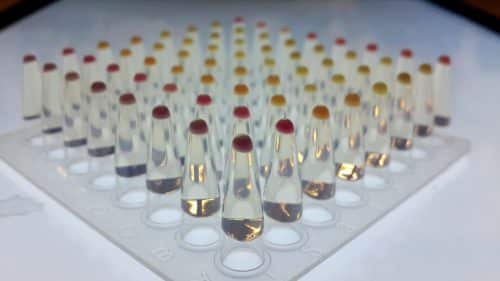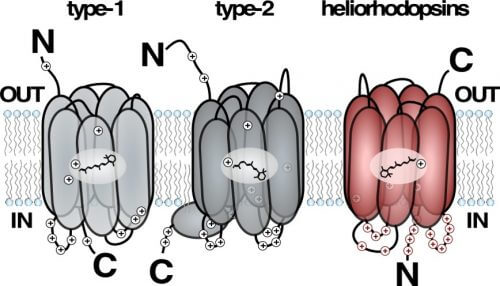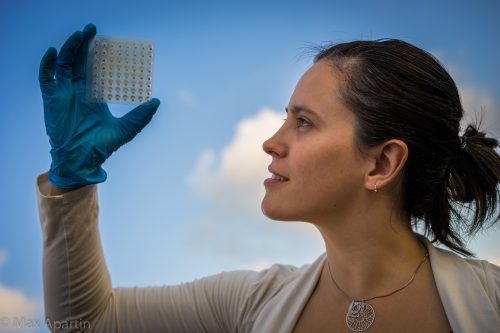A study conducted at the Technion and published today in the journal Nature discovered a new family of light-sensing proteins in the waters of the Sea of Galilee. This is the first discovery of a new family of such proteins since 1971. The study was conducted in a cross-continental collaboration between researchers from Israel, Japan and the United States

Researchers at the Faculty of Biology at the Technion discovered, for the first time since 1971, a new family of light-sensing proteins. The proteins were discovered in the Sea of Galilee. The research, which was published today in the prestigious journal Nature, was conducted by doctoral student Alina Pushkarb under the guidance of Prof. Oded Beja from the Marine Microbiology Laboratory at the Technion.
Proteins that respond to light allow living things to harvest solar energy. These proteins are responsible for harvesting solar energy in two basic processes in nature: photosynthesis, which takes place in land plants, algae and blue bacteria (cyanobacteria); and retinal binding systems (rhodopsins), which are used by many microorganisms as well as in the visual system of various animals, including humans. The rhodopsins are located in the cell membrane and "sew" that membrane 7 times like a thread. Within the same structure in the membrane is a derivative of vitamin A, called retinal and helps the protein react to light.
The first rhodopsins were discovered in 1876 by the German researcher Franz Christian Boll, who found them in the retina of a frog. In 1971, almost 100 years later, researchers from the University of California discovered a new family of rhodopsins. This was when they tried to understand the reason for the purple color of the ancient bacterium Haloarchaea living in very salty water. Only three decades later did this discovery lead to the development of a new field of research: optogenetics. This field is based on the use of type 1 rhodopsins to excite neurons and even single neurons in mammals. Today, many research groups are engaged in this field in the context of treating neurological diseases, correcting heart rhythm disturbances, and more, and the current discovery may pave new paths in the world of optogenetics.

In the current study, the researchers sought to find completely new rhodopsins in the microorganisms living in the waters of the Sea of Galilee at the peak of summer, that is, at the peak of radiation. The Sea of Galilee, like any natural environment, is saturated with microorganisms, but it is impossible to grow them under laboratory conditions. That is why Pushkarev and Prof. Beja conducted the research on the bacterium E.coli, treating it as a machine for the production of proteins - the same proteins of the Kinneret bacteria.
During the study, the researchers discovered, when they added retinal to the growth medium, a gene that causes the bacteria to acquire a deep purple color. It turned out that this gene belongs to an unknown family of rhodopsins anchored in the cell membrane in reverse, i.e. at 180 degrees in relation to the other known rhodopsins. Moreover, it turns out that these rhodopsins are found in almost every environment of salt or fresh water, and despite the many studies conducted in such environments they have not been discovered until now. The researchers gave these rhodopsins a unique name: the heliodopsins (Helio - sun), and hope that this new family will be able to promote medical research and in particular optogenetic therapy.


One response
Not worded clearly enough 🙁